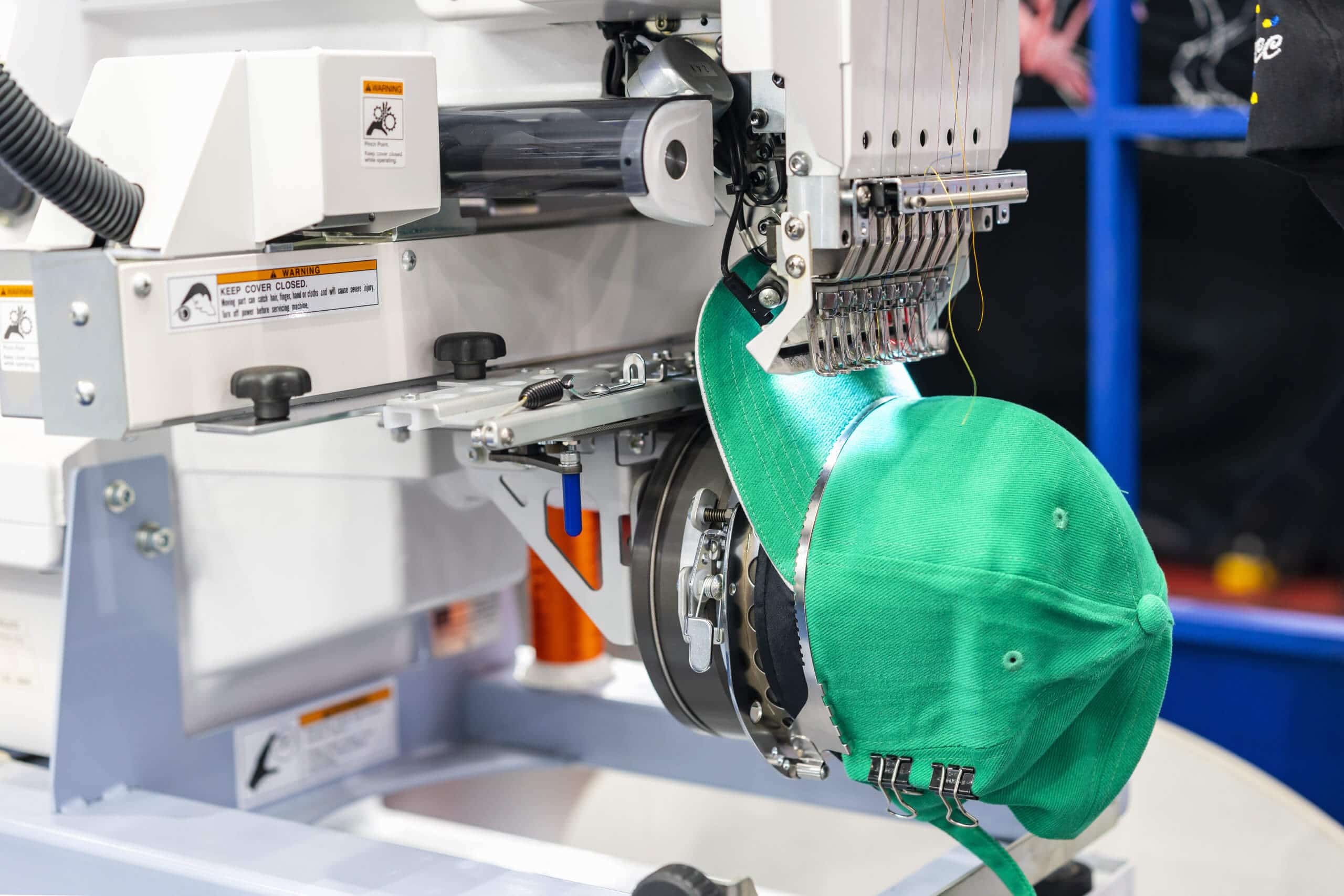
Embroidery is an art that transcends the ages. While sewing is necessary to create even the most basic of garments, embroidery uses needlework to create intricate patterns and designs on fabric. The craft dates to the Paleolithic era and has been a part of virtually every civilization since. Learn how this artform evolved over the centuries and try your hand at it by taking an embroidery class in Tucson.
The Earliest Embroidery

Textiles were first embroidered, starting around 30,000 BCE. In the 1960s, archeologists discovered fur hunting garments and boots adorned with hand-stitched rows of ivory at a Paleolithic burial site in what is now Russia. This oldest known evidence of the art was likely created by Cro-Magnon pre-historic humans. Ancient Egyptians also created beautiful textiles using hand-stitched embellishments. Many pieces, including ceremonial tunics and collars, were uncovered in King Tutankhamun’s tomb, which dates to the 14th century BCE. The Chinese had perfected the art of embroidery by the 4th century BCE. Silk garments adorned with dragons and phoenixes were found in a burial chamber in Hubei province.
European Embroidery
Early Asian embroidery reached Europe, where the craft was first incorporated into religious iconography and historical depictions. One of the most famous pieces is the Bayeux Tapestry that dates to 1066. The 230-foot piece portrays the Norman conquest of England and took about 100 years to create. The art became commonplace during the Middle Ages, with guilds perfecting the art and passing it between generations.
During this time, needlework was practiced by the wealthy and peasants, professional artisans, and amateurs at home. Well-bred young women were expected to know how to used needle and thread to adorn clothing, linens, and decorative pieces. As materials became more accessible, mothers passed sampler designs down to their daughters so they could perfect the craft. Professional pattern books were also published by well-known designers. Instead of religious images, those of everyday life and nature became popular designs.
By the 18th century, embroidered pieces from France were considered the height of fashion, and professional embroiderers were employed by the nobility to embellish clothing, furniture, and decor. Wool needlework became popular in the mid-1800s, especially in Berlin. However, by the early 20th century, cross-stitch became commonplace, especially among home-based artisans and hobbyists.
Modern Embroidery

The first embroidery machine was developed in 1880. Automation grew during the Industrial Revolution, helping make embroidered pieces more accessible to the general public. Shops sprang up in major cities around the world as sewing industry processes continued to be mechanized. Fast-forward to today when commercial embroidery is largely computerized, and many home-seamstresses use a sewing machine to do work that was once done by hand.
Embroidery Classes in Tucson
You can learn to hand-stitch by taking an embroidery class in Tucson. Catheys offers a wide range of sewing industry and courses, including quilting and embroidery.classes. Browse our class offerings and sign up to learn a new skill today!






